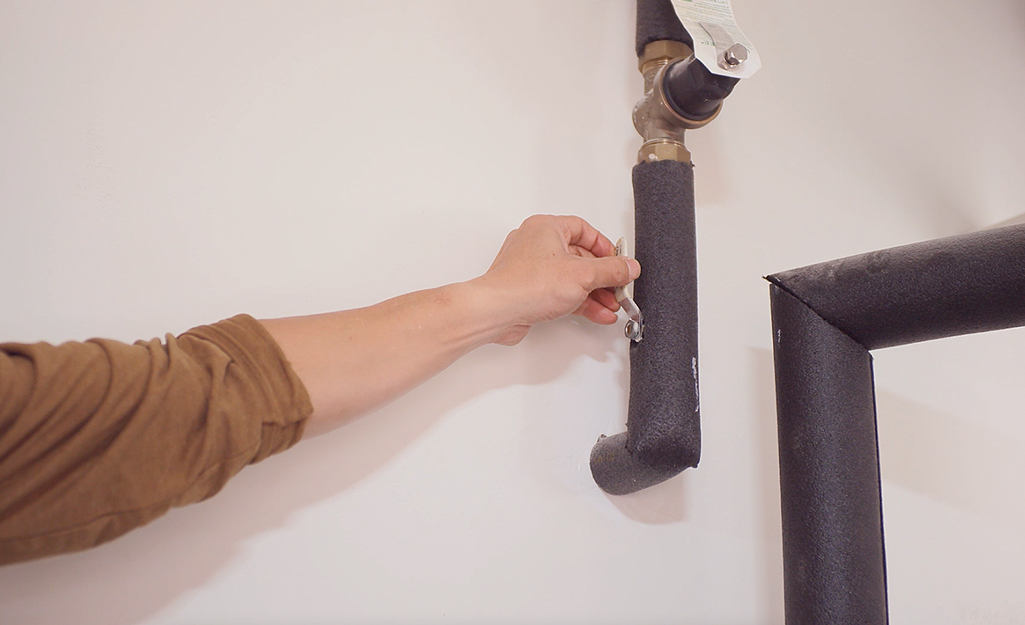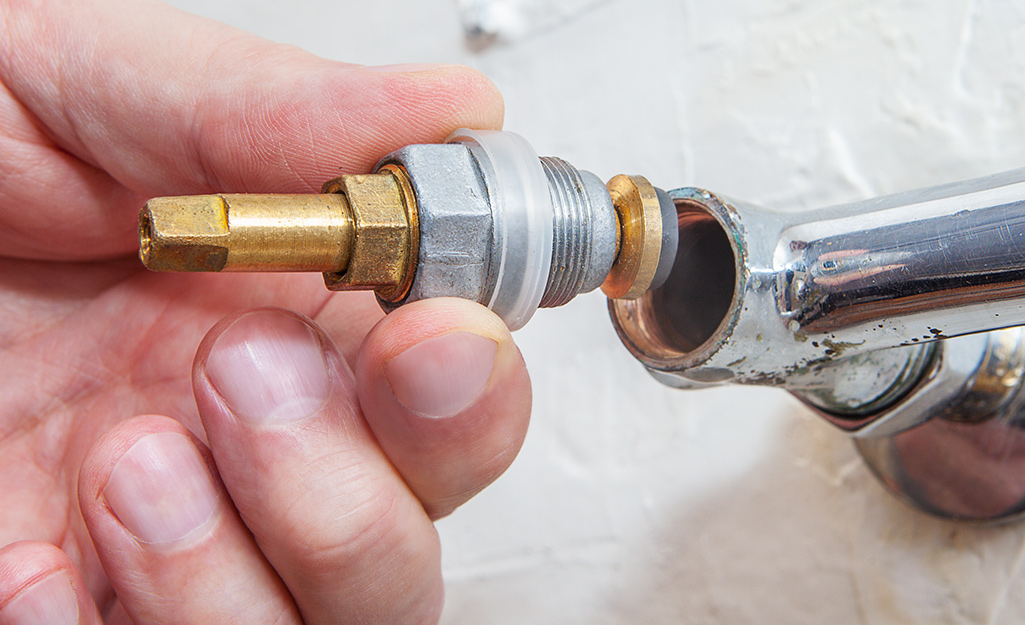How It's Essential to Fix a Leaking Faucet
How It's Essential to Fix a Leaking Faucet
Blog Article
The writer is making several good pointers on Should I Repair or Replace a Leaky Faucet? as a whole in this great article below.

Dripping faucets might appear like a minor inconvenience, however their effect surpasses simply the nuisance of the sound. From drainage to sustaining unneeded economic prices and health threats, neglecting a dripping faucet can bring about numerous repercussions. In this article, we'll explore why it's essential to address this usual home problem immediately and properly.
Wastage of Water
Environmental Impact
Leaking taps add dramatically to water waste. According to the Epa (EPA), a solitary faucet trickling at one drip per secondly can squander more than 3,000 gallons of water per year. This not just stress water resources but additionally affects communities and wild animals depending on them.
Step-by-Step Overview to Repairing a Dripping Faucet
Devices Required
Before attempting to fix a leaking faucet, gather the required tools, including a flexible wrench, screwdrivers, replacement components (such as washers or cartridges), and plumber's tape.
Typical Faucet Issues and Their Solutions
Identify the type of tap and the certain problem triggering the drip. Usual problems consist of worn-out washing machines, corroded valve seats, or malfunctioning O-rings. Describe producer guidelines or on the internet tutorials for step-by-step support on repair services.
Financial Prices
Raised Water Costs
Beyond the ecological impact, leaking taps can inflate water costs significantly. The collected wastefulness in time translates into greater utility expenditures, which can have been stayed clear of with timely repairs.
Prospective Residential Property Damage
Furthermore, extended trickling can cause harm to components and surfaces bordering the tap. Water buildup can create discoloration, rust, and also structural problems if left neglected, causing added repair service prices.
Health and wellness Problems
Mold And Mildew and Mold Development
The consistent existence of moisture from a dripping faucet develops a suitable environment for mold and mildew development. These fungi not only endanger interior air quality but likewise pose health and wellness risks, particularly for individuals with respiratory system problems or allergic reactions.
Waterborne Illness
Stagnant water in trickling faucets can become a breeding place for bacteria and various other pathogens, raising the threat of waterborne illness. Pollutants such as Legionella bacteria thrive in stagnant water, potentially bring about severe diseases when consumed or inhaled.
DIY vs. Specialist Repair service
Pros and Cons of DIY Repair
While some may attempt to repair a dripping faucet themselves, do it yourself repair services include their own collection of obstacles. Without appropriate expertise and tools, do it yourself efforts can exacerbate the issue or cause insufficient fixings, extending the issue.
Advantages of Working With a Specialist Plumber
Employing a professional plumber ensures that the underlying source of the dripping faucet is addressed successfully. Plumbings possess the expertise and equipment to identify and fix faucet concerns effectively, conserving time and decreasing the threat of further damages.
Ecological Obligation
Private Contribution to Preservation
Taking obligation for dealing with trickling faucets straightens with broader initiatives toward water preservation and ecological sustainability. Every individual's actions collectively make a significant impact on maintaining valuable resources.
Sustainable Living Practices
By prioritizing prompt repair services and adopting water-saving behaviors, individuals add to lasting living practices that benefit both existing and future generations.
Safety nets
Regular Upkeep Tips
To stop trickling faucets, execute routine upkeep such as cleansing aerators, evaluating for leakages, and changing worn-out components without delay. Additionally, take into consideration mounting water-saving devices or upgrading to more efficient components.
Significance of Prompt Fixes
Resolving dripping taps as soon as they're discovered stops more water wastage and possible damage, eventually conserving both water and cash in the long run.
Influence On Residential Property Value
Assumption of Well-Maintained Residential Or Commercial Property
Keeping a residential or commercial property in good condition, including attending to maintenance issues like trickling faucets, improves its viewed value and desirability among prospective buyers or lessees.
Influence on Resale Worth
Features with well-maintained plumbing components, consisting of faucets, command greater resale values in the real estate market. Dealing with dripping taps can add to a favorable perception throughout building inspections and negotiations.
Verdict
Resolving a dripping tap exceeds mere benefit; it's a crucial action towards conserving water, reducing financial prices, and safeguarding health and home. Whether via DIY fixings or specialist aid, taking action to take care of trickling taps is a small yet impactful way to advertise accountable stewardship of resources and add to a much healthier, more sustainable future.
Most Common Reasons for a Leaky Faucet and How to Stop the Drip
Whether it’s your kitchen faucet leaking or a bathroom faucet leaking, one leaky faucet can waste anywhere from three to 30 gallons of water every single day. If the constant drip-drip-drip doesn’t get your attention, your water bill will. The good news is that, by following a few simple steps, chances are pretty good you can fix the problem yourself.
Why is it dripping?
Before you start taking things apart, let’s break down some of the most common causes of a leaky faucet.
Bad O-ring.
A cartridge is a valve that controls the flow of water into the faucet spout. On cartridge faucets there’s an O-ring—the little disc attached to the stem screw that holds the faucet handle in place. If it’s loose or worn-out, it can cause your sink handle to leak. Of course, the cartridge itself could be worn out. If that’s the case, make sure you replace it with the exact same kind.
Corroded valve seat.
The valve seat connects the faucet and the spout. If the leak seems to be coming from the spout, it might be because a buildup of water sediment has corroded the valve seat.
Worn-out washers or seals.
A leaky spout could be caused by a bad washer that rests against the valve seat. It’s just a matter of time before friction takes its toll. It could also be the wrong size washer or one that’s been installed incorrectly. Water sediments can also corrode inlet and outlet seals.
Water pressure.
If the faucet only drips now and then, or when you turn the handles a certain way, you should probably check your home’s water pressure.
Loose or broken parts.
The adjusting ring and packing nuts in the stream screw can become loose over time, causing your sink handle to leak. Try tightening or replacing the packing nut. If the leak is coming from the pipes underneath the sink, you probably have a broken pipe or fitting. If that’s the case, you should definitely call a plumber.
Know your faucet.
Faucets come in a variety of types. Each one has its own assembly—and its own possible causes of leaks. Learning about the four most common kinds of faucets will help you know how to take them apart and make any repairs.
How to stop a leaky faucet
Fixing that leaky faucet doesn’t have to take a lot of time, money, or expertise. It’s usually a simple matter of replacing a worn-out washer or gasket, a loose O ring, or another part. Chances are really good you can do this yourself if you follow these simple steps.
Shut off the water.
Before you tackle the faucet, cut off the water supply to the sink. There should be one valve for hot and one for cold. Hand-turn them clockwise with your hands till they close. If there are no valves under the sink, head to the basement and shut off the main water supply to the house. Then turn on the faucet until it empties out the water that’s still in the line and you’re ready to start. It’s a good idea to cover the sink drain with a plug or a rag so you don’t lose any small pieces and parts while you’re working.

I stumbled upon that blog post about Should I Repair or Replace a Leaky Faucet? while doing a lookup on the web. Sharing is caring. Helping others is fun. Thanks a lot for your time invested reading it.
Report this page